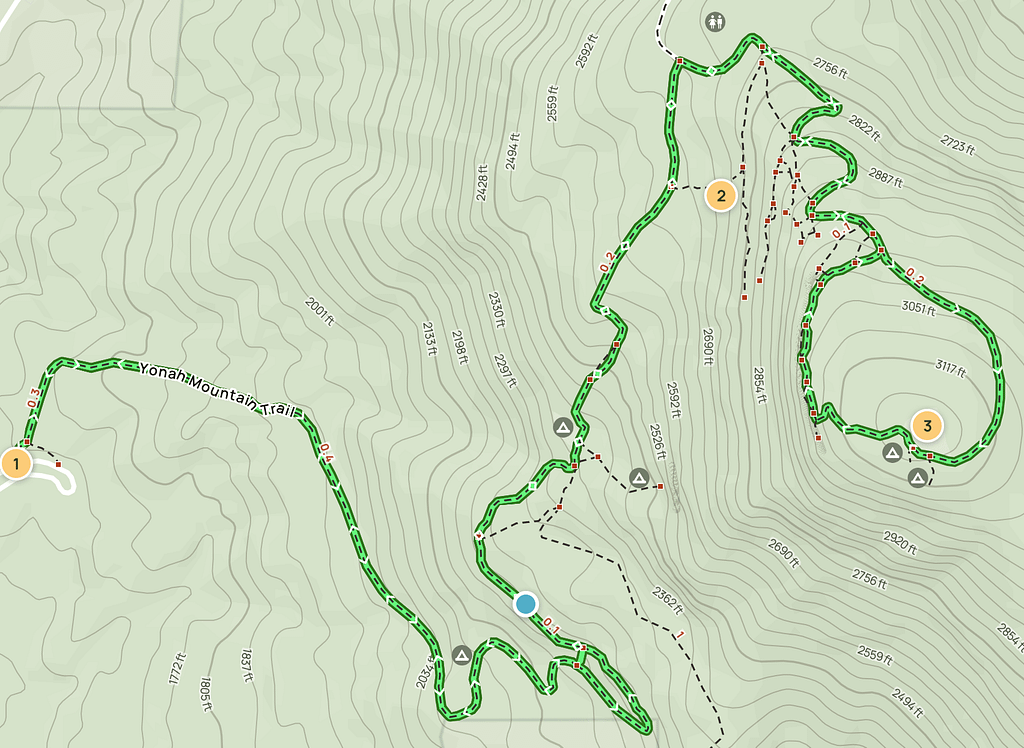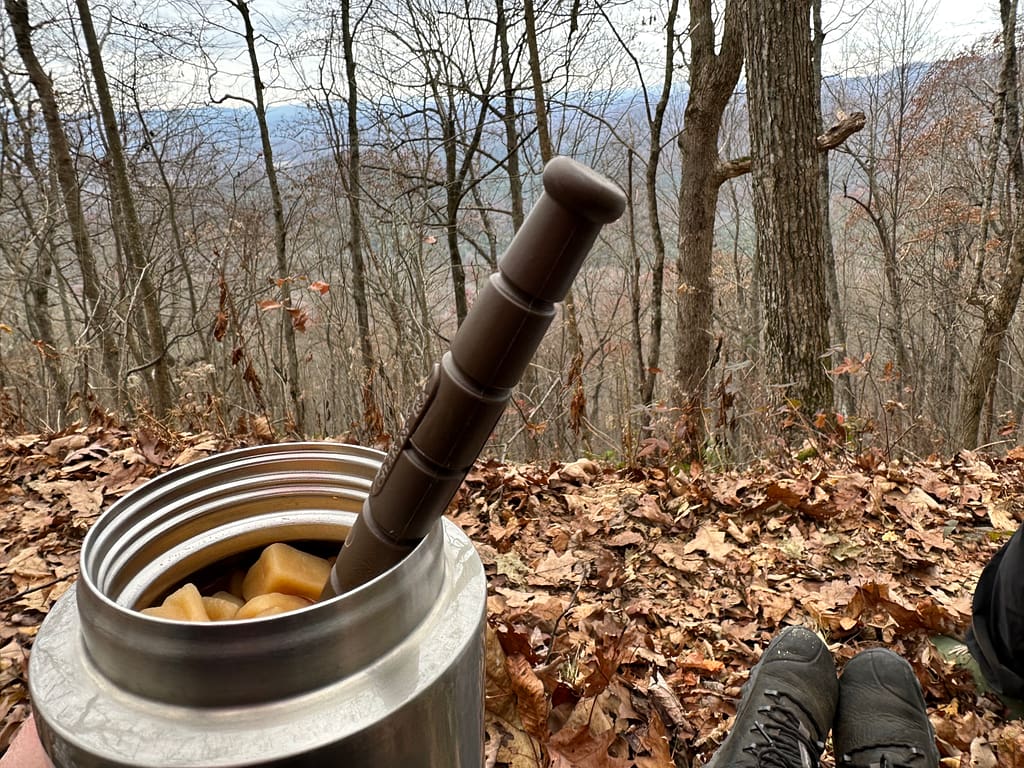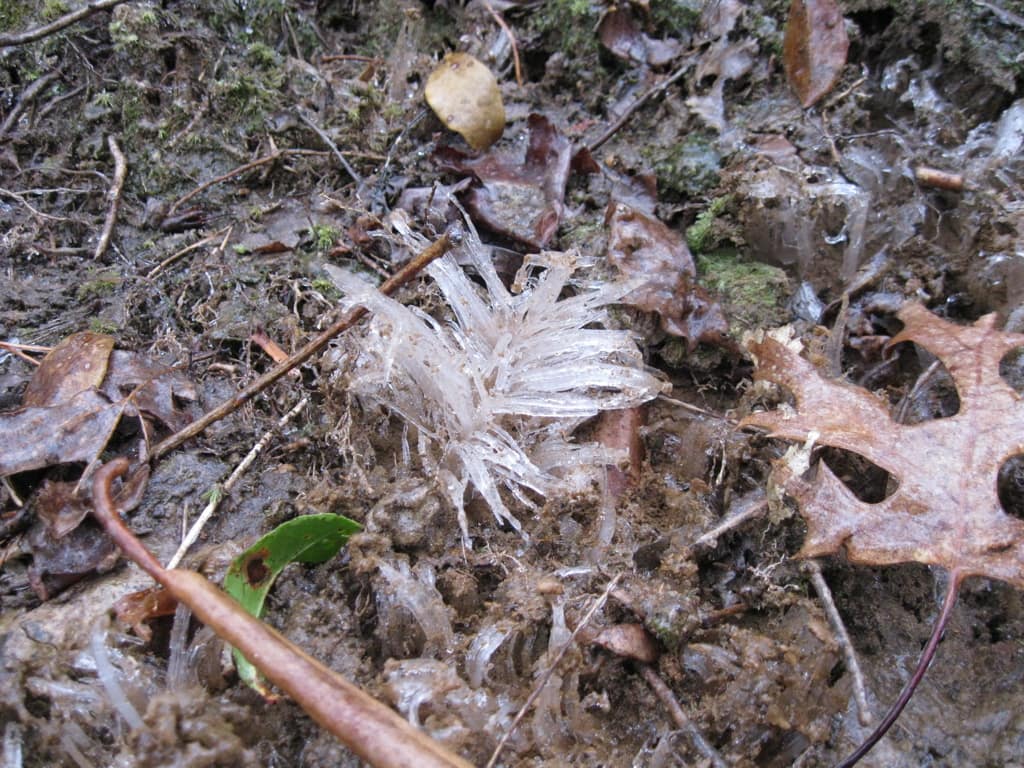In my last post, I shared how I have actually learned to enjoy hiking in winter. This did not come naturally. There were three keys: mindset, preparation, and clothing. (See also post 3.5 on modular clothing systems.)
Today I will share a little about the second key: Preparation.
“Failing to plan is planning to fail.”
Benjamin Franklin
Successful adventures do not happen by accident. Failures in winter can have consequences that range anywhere from being slightly uncomfortable all the way to deadly. So once we know why we want to hike, we must prepare for it. Here are a few ways I do that.
Trail Selection
I research trails all year long to find the ones which suit my goals (build stamina, great views, etc.). Winter is the perfect time of year to hike the steeper inclines and more challenging routes. So as I am searching through guidebooks and trail apps, I deliberately save the more challenging ones for colder weather. When winter hits, I already have a list of trails saved and ready to be conquered.
Additionally, when I was still homeschooling my son, I would let him select some of the trails we would hike. He liked to choose the really challenging trails. When he participated in the planning, though, he was much more enthusiastic about hiking – even if he had to go slower and wait for me.

Accountability
Of course hiking with others is a good idea both for safety and for fun/fellowship. But let us not discount the fact that getting off that couch is MUCH easier when I know that a friend (or group of friends) is going to be meeting me at the trailhead. By having a hiking partner and/or being part of a hiking group, I have built accountability into my plans.
When we were homeschooling, my kids enjoyed hiking. They would usually help me keep our hiking plans. However, even kids can be tempted to stay home rather than get out in the cold – especially if they are only going with mom. When their friends were going, though, they had no trouble getting out the door.
Meals
Cold chicken packets, crackers, dried meats, fruits, and trail mixes are great for warm weather hiking. But in winter, nothing beats a thermos of hot soup or stew. Even with a cold meal, a thermos of hot cocoa is a welcome treat to enjoy at a summit or rest break. Hot food and drinks also help increase liquid intake which can be lacking in colder temperatures.
Hot drinks are relatively easy to prepare the morning of a hike. In order to enjoy hot food, though, we must either a) cook a soup or stew a day or two before the hike so we can reheat and pack leftovers, or b) prepare a dehydrated meal in advance so that we can toss it into the thermoses with boiling water the morning of the hike. That little bit of preparation pays off dividends in improved morale.

Evening Routine
The night before a hike, I check the weather forecast for the trail, choose my clothing accordingly, and lay it out. I consult my day-hike packing list and gather my gear together. My pack, trekking poles, extra layers, etc. get staged, ready to go out the door.
In the kitchen, I place my water bottle and thermos on the counter, ready to be filled. I gather my trail food and my breakfast ingredients.
Additionally, it is important to check the fuel level in my vehicle and verify the drive time to the trailhead – including potty stops if that is necessary.
A few minutes of preparation in the evening eliminate that panicked search for a lost glove or a water bottle that was left in the truck after our last outing.
Notice that I prepare my own meals and gear. I believe that if the kids are old enough to hike, they are old enough to gather their clothing and gear and prepare their meals. Give them a checklist and have them take responsibility for themselves. Younger ones (and newer hikers) may need a little supervision initially, but as they mature, they can pack for themselves. At the very least, they can work with you to help prepare water, meals, and snacks.
This is an essential (and often overlooked) part of a child’s education. It is more important than any bookwork.
Morning Routine
It is much easier to pull myself away from the comfy chair by the fire if I never get comfortable sitting in front of it in the first place. On the morning of a hike, that means I get up and immediately put on my hiking clothes including some of my warm layers. By layering up initially, I am able to accomplish my tasks in a timely manner without being drawn to the warmth of a comfy chair and blanket.
Our entire morning is oriented around the hike. I deliberately hydrate a little more and eat a breakfast rich in protein. I include plenty of time margin so we will not be late. A last-minute checklist helps me remember the little details – like transferring my keys to my pack and locking the vehicle.
Conclusion
A little planning and preparation takes a lot of the stress out of any hiking trip, especially in winter. When we know WHY we want to hike, the planning is easier. The greater variability of winter weather requires that we bring a few more layers than we might in warmer seasons. I will discuss that in the next post.
